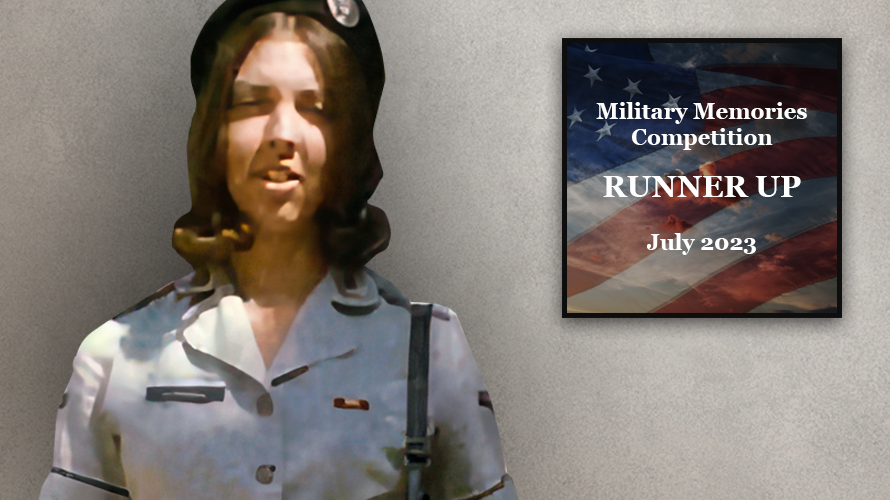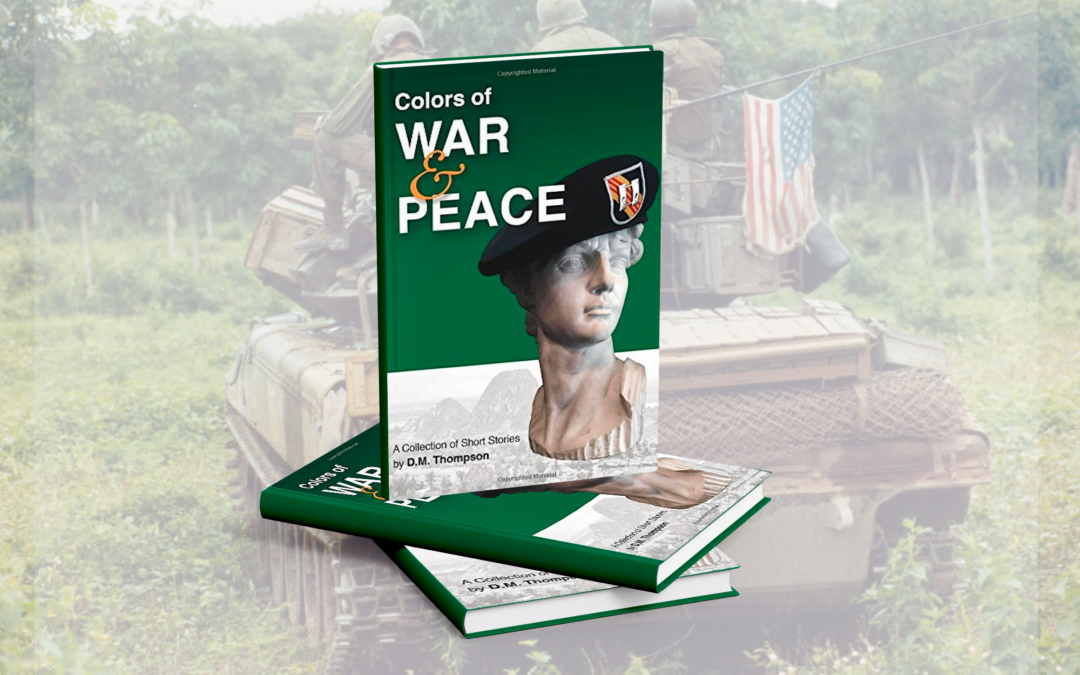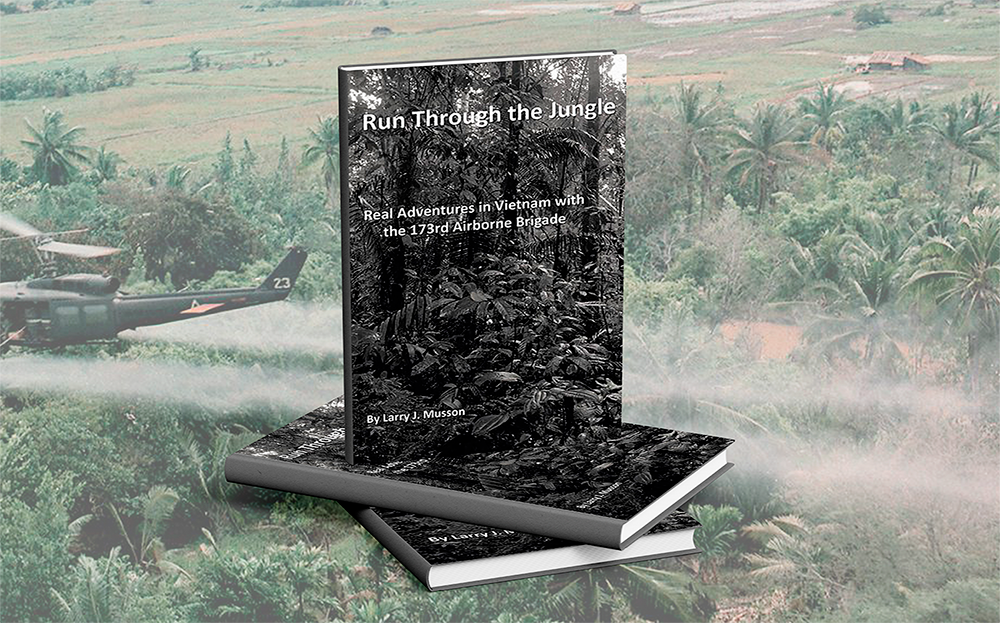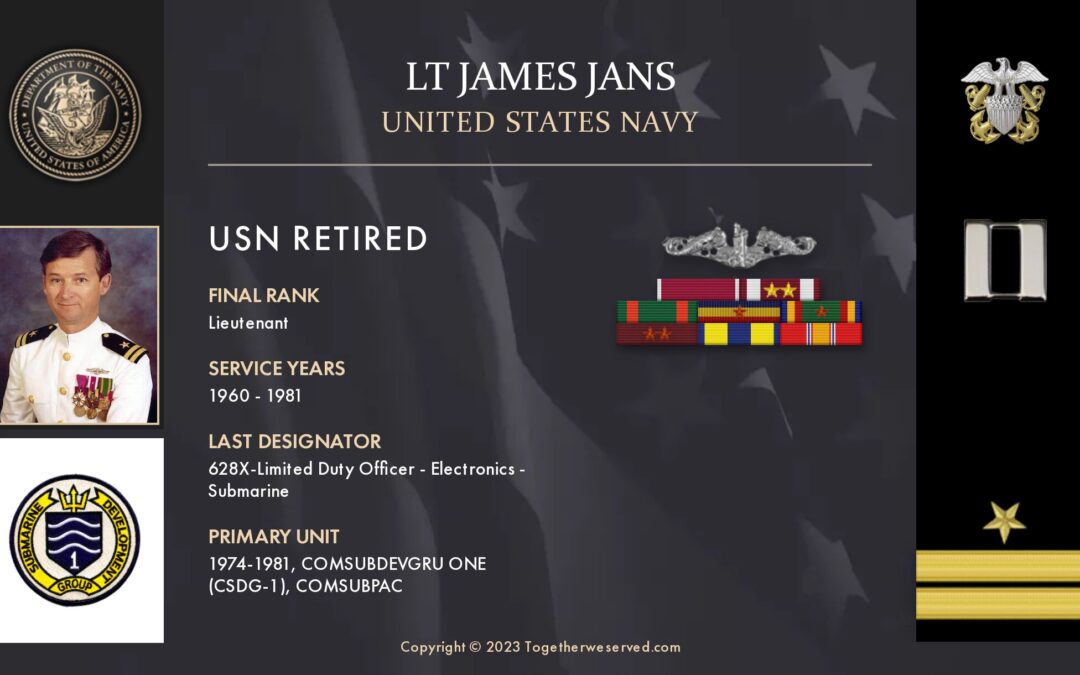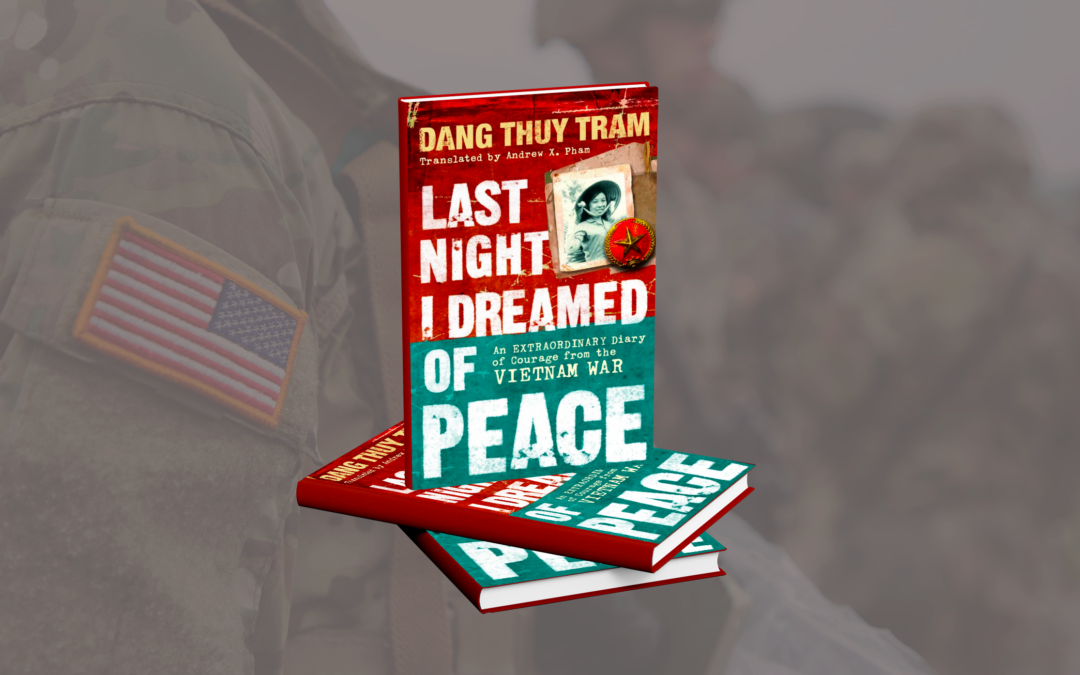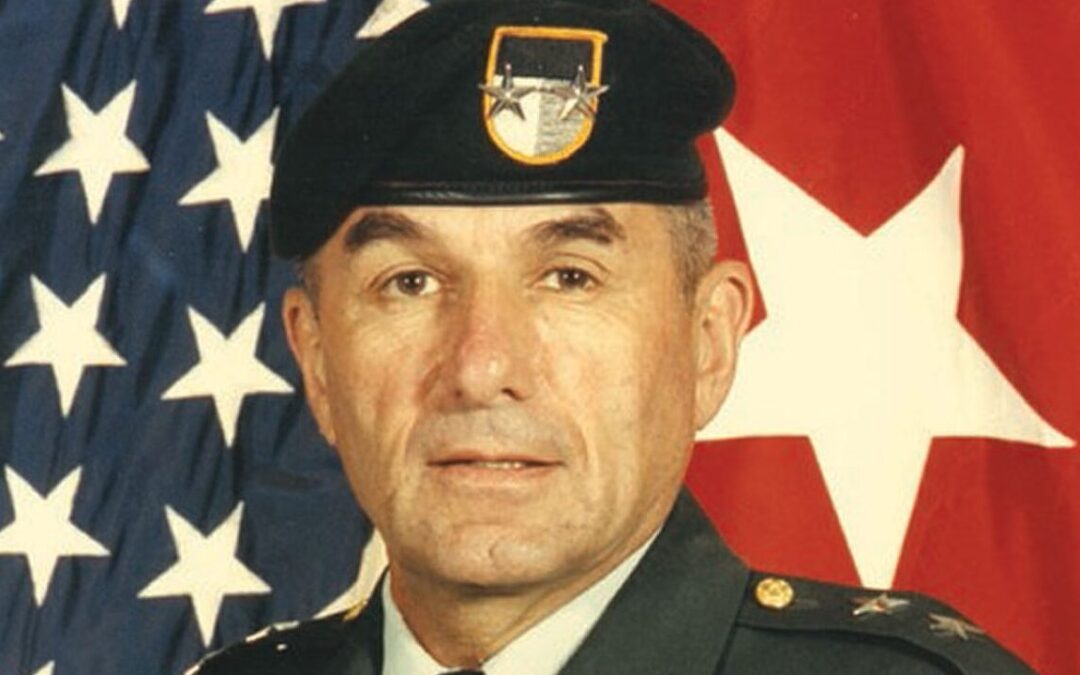Of all the military operations you participated in, including combat, humanitarian or peacekeeping operations, which of these made a lasting impact on you and why?:
Why do I jerk back? Why am I startled? Our minds are incredible, aren’t they? How can something so small and lightweight store memories for years and suddenly spark muscles to react without our thinking of doing so? Day after day, I’m fine, so I’m surprised when my brain responds due to events in Vietnam in 1969. For example, I was having dinner with a friend at a restaurant. Suddenly, a fan nearby made a loud noise. I flinched, teeth clinched, my shoulders, neck, and head arching backward. Just as suddenly, the noise was gone. I started to explain, but he kept on talking as if he hadn’t noticed a thing, so I didn’t.

